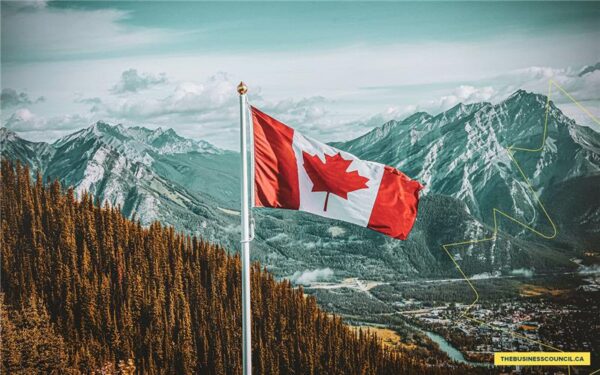When allies seek Canada’s natural gas, we say ‘sorry’ – that has global consequences
As published in The Globe and Mail
When global allies have come knocking on Canada’s door seeking secure sources of energy – specifically, exports of responsibly produced natural gas – our response has been typically Canadian:
“Sorry.”
Last year, Germany – and more recently Japan, in trade discussions in line with Canada’s Indo-Pacific strategy – made it known that access to Canadian energy was among its top priorities.
Yet no deals were struck.
While export facilities for liquefied natural gas (LNG) do take time to build, getting the ball rolling did not appear to be part of the conversation when Germany and Japan asked for our help.
But it is not too late to ensure that we do not turn away our allies again. There are viable commercial proposals being pursued for LNG projects on both the East and West Coast of Canada. We must do everything we can to get them built.
The world recognizes the value of Canada’s vast natural resources and the impact those resources can have for energy security, reliability – and importantly – reducing global emissions.
And the Canadian public gets it, too. A poll in March found that more than two-thirds of Canadians think Canada should make a greater effort to export our energy.
This month, Canada plays host to LNG2023 – a global gathering focused on liquefied natural gas that brings the world to us. It’s an incredible opportunity to showcase the innovative ways Canadian companies, Indigenous peoples and governments are coming together to lead in sustainable energy development and secure a cleaner energy future.
Our message needs to be clear: Canada is ready to take action and provide a global solution.
Canada has 1,373 trillion cubic feet of natural gas resources available for production – enough to power British Columbia for centuries. With our country’s environmental policies, Canadian natural gas is some of the lowest emission, most sustainably produced in the world.
Natural gas is a reliable, affordable, lower-carbon ready-now fuel source. It can significantly reduce global emissions by displacing coal (which today generates 40 per cent of the world’s electricity and produces roughly double the emissions of natural gas) and supporting renewables, which require a backup fuel source because the sun isn’t always shining and the wind is not always blowing.
Demand for natural gas is growing – particularly in Asia Pacific where it’s forecast to increase nearly 30 per cent by 2050. Bringing more Canadian LNG to global markets will support energy security and lower energy prices, which helps everyone.
Our allies share Canada’s climate ambitions – we’re all working to achieve net zero. Both Germany and Japan see a role for reliable natural gas as part of the equation. So should Canada.
Canada also needs to be less myopic when it comes to energy security and fighting climate change. As global citizens, we need to think more broadly about how we can help reduce the 98.5 per cent of emissions produced beyond our borders.
There’s a success story just south of us: in the past 15 years, switching from coal to natural gas in the U.S. has accounted for nearly two-thirds of all U.S. greenhouse gas emissions reductions. This formula can and should be replicated in the rest of the world – and Canadian LNG can make it happen.
We also can’t overlook that there are more than 700 million people in the developing world with no access to electricity. Connecting them to reliable energy could lift millions from poverty and drive economic growth. Canadian LNG should be helping here, too.
In addition, here at home, natural gas and Canadian LNG offer a real opportunity to make meaningful progress on Indigenous reconciliation.
Many Indigenous groups have natural resources they want to develop to make a future for themselves and provide wealth for generations to come. The energy industry has an opportunity (in fact, I feel an obligation) to help them become full economic partners.
At Enbridge, we’ve seen firsthand how important equity partnerships are in empowering Indigenous communities’ long-term financial stability and providing revenue sources to invest in their future.
However, Indigenous groups too often struggle to access capital, which is why a national Indigenous loan-guarantee program is so needed. There are already successful loan-guarantee programs at the provincial level in Alberta, Saskatchewan and Ontario that can be used as a model – but to truly take advantage of the opportunity, a national program is essential.
So how do we as a country stop being complacent and start taking action?
There’s clearly more Canada can and should do with our vast natural-gas resources. My ask is that our allies continue to come knocking, to push us to think beyond our own backyard.
Let’s embrace the role our natural gas can play and not hide from it: for energy security, for energy reliability and for global emissions reductions. Let’s create reasonable permitting processes that enable its responsible development across jurisdictions. And let’s develop a national Indigenous loan-guarantee program to ensure that our Indigenous neighbours have a seat at the table.
When it comes to Canadian natural gas and exporting LNG, let’s stop saying we’re sorry and start saying you’re welcome.









